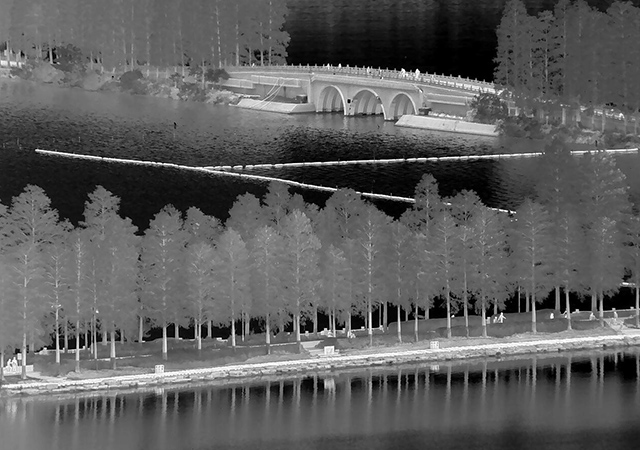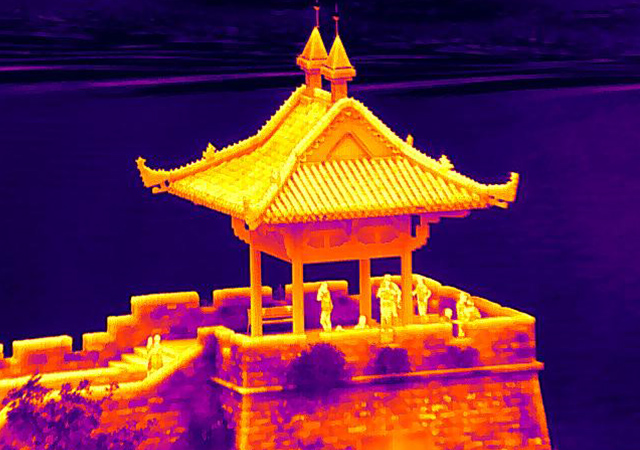Both LWIR (Long-Wave Infrared) and MWIR (Mid-Wave Infrared) have their own advantages and are suited for different applications. Here are some advantages of each
1.Advantages of LWIR
-Temperature Sensitivity
LWIR cameras are highly sensitive to temperature variations. They can accurately detect even small differences in thermal signatures, making them ideal for applications such as thermography, building inspections, and heat loss detection.
-Lower Cost
LWIR sensors and imaging systems are generally more affordable compared to MWIR systems. This makes them more accessible for a wider range of applications, including consumer products such as thermal cameras for personal use.
-Atmospheric Penetration
LWIR radiation has better transmission properties through atmospheric conditions such as fog, smoke, and dust. This characteristic contributes to improved vision and longer detection ranges, making LWIR suitable for long-range surveillance, border security, and search and rescue operations.

2.Advantages of MWIR
-Improved Image Quality
MWIR imaging systems often provide higher resolution and better image details compared to LWIR. The mid-wavelengths offer enhanced sensitivity to temperature differences, resulting in sharper and clearer images. This makes MWIR suitable for applications that require precise target identification, such as industrial monitoring.
-Better Penetration
MWIR radiation has better penetration through various atmospheric conditions compared to LWIR. It can penetrate medium obscurants like haze and provide clearer images. MWIR is often preferred for long-range surveillance applications where distinguishing targets from the background is crucial.
-Solar Background Suppression
MWIR is less affected by the thermal emission from the sun and other hot objects. This suppression of the solar background noise allows MWIR sensors to operate effectively in daylight conditions.

It’s important to note that the specific advantages of LWIR or MWIR can vary depending on the particular technology, sensor design, and intended application. Therefore, choosing the appropriate infrared imaging technology should consider factors such as cost, resolution requirements, atmospheric conditions, and target characteristics.
Go Top